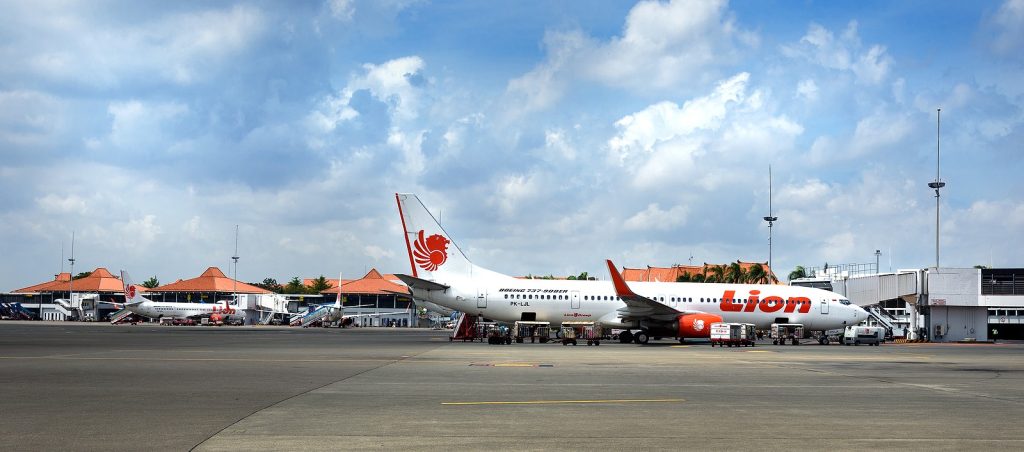Most aviation accidents don’t grab headlines. Cargo is damaged; a passenger trips and falls—however hard we try to avoid them, these incidents are part of doing business. When international flights are involved, though, the resolution may involve international law.
Civil aviation is governed worldwide by international treaties and conventions. For passengers and cargo shipments between most of the world’s nations, one set of laws takes precedence.
The Montreal Convention
The Montreal Convention of 1999 regulates accident recovery for passengers and cargo in civil aviation. The Convention applies to passengers and cargo in “international carriage” between its 139 signatory countries. This includes Canada, the UK, and many nations such as:
- Belize
- Mexico
- Jamaica
- Guatemala
- The Bahamas
Here, international carriage means “any carriage in which, according to the agreement between the parties, the place of departure and the place of destination, whether or not there be a break in the carriage … are situated either within the territories of two States Parties, or within the territory of a single State Party if there is an agreed stopping place within the territory of another State …” Article 1(2).
This covers passengers or cargo on international flights or domestic legs of international travel. For example, a passenger flying from Canada to the US might change planes in Chicago, continuing their travel on the same itinerary with the same airline or agency. If the passenger then had an accident on their flight from Chicago, the Montreal Convention would govern their rights of recovery as an international passenger.
In the Convention, damages are measured in special drawing rights (SDR)—not a real currency but a type of claim to currency. As of this writing, one SDR is worth roughly US $1.32, although this fluctuates.
The Convention limits the right to file suit to two years following the arrival date or the date on which the carriage stopped. See Article 35.
Rights and Responsibilities to Passengers
Under the Convention, an air carrier is liable for the death or injury of a passenger if “the accident which caused the death or injury took place on board the aircraft or in the course of any of the operations of embarking or disembarking.” This may include injuries incurred on the tarmac or jetway as well as on the aircraft.
A carrier cannot reduce or limit its liability for death or bodily injury if the damages are under SDR 100,000. For damages over that amount, the Convention recognizes the rule of comparative fault. If a claimant’s “negligence or other wrongful act or omission” caused or contributed to their damages, that reduces the damages that the carrier owes. See Article 20. Unlike American negligence law, a passenger may not be able to recover for psychological distress unrelated to bodily injury.
Carriers are responsible for the damage or loss of passenger baggage in their custody, unless it resulted from a failure in the baggage itself. See Article 17(1), (2). The carrier is also liable for “damage occasioned by delay” unless they can prove that they “took all measures that could reasonably be required to avoid the damage or that it was impossible … to take such measures.” Article 19.
Rights and Responsibilities to Cargo Shipments
An air carrier is only liable for damage to cargo shipments that took place in the air, with narrow exceptions. The carrier cannot be held liable for damage resulting from the cargo’s “inherent defect, quality, or vice,” poor packing, armed conflict, or acts of public authority. See Article 18. The carrier’s liability for cargo is capped at SDR 17 per kilogram unless the parties contracted for a higher amount.
Foreign Jurisdictions
The Montreal Convention does not govern legal procedure or local laws. This will depend on the jurisdiction where the plaintiff brings suit. A plaintiff can choose to sue in the court where:
- The carrier is “domiciled” (based)
- The carrier has a place of business where the contract was made
- The place of destination
When the claim involves death or bodily injury, the plaintiff can also choose to sue in the court at their own “principal and permanent residence” if the carrier has any connection to that jurisdiction. See Article 33.
With such broad options, a plaintiff’s attorney can choose the most advantageous. The US court system, particularly in certain US states, tends to offer the possibility of larger recoveries to plaintiffs. A plaintiff’s attorney generally tries to file suit in the most “plaintiff-friendly” US jurisdiction available.
In this situation, defense attorneys can move to have the case dismissed for forum non conveniens—literally, an inconvenient forum. If there is an “adequate alternative” court in the other country, the court will weigh the practical difficulties and burdens of hearing the case. The court may then dismiss the case so it can be filed in that country.
However, this is not necessarily easier for a US-based defendant. Laws, procedures, and civil aviation standards may play very different roles depending on the jurisdiction. An aviation defense attorney must carefully consider the pros and cons of managing a lawsuit in the US as opposed to a foreign court.
Let Us Navigate
Aviation business decisions can be complicated, but there’s no need to operate in fear and uncertainty. Let our experienced aviation attorneys handle your litigation, sales, and regulatory compliance needs. Call us today at 954-400-4643 to schedule your complimentary initial consultation.

 CALL US NOW
CALL US NOW






